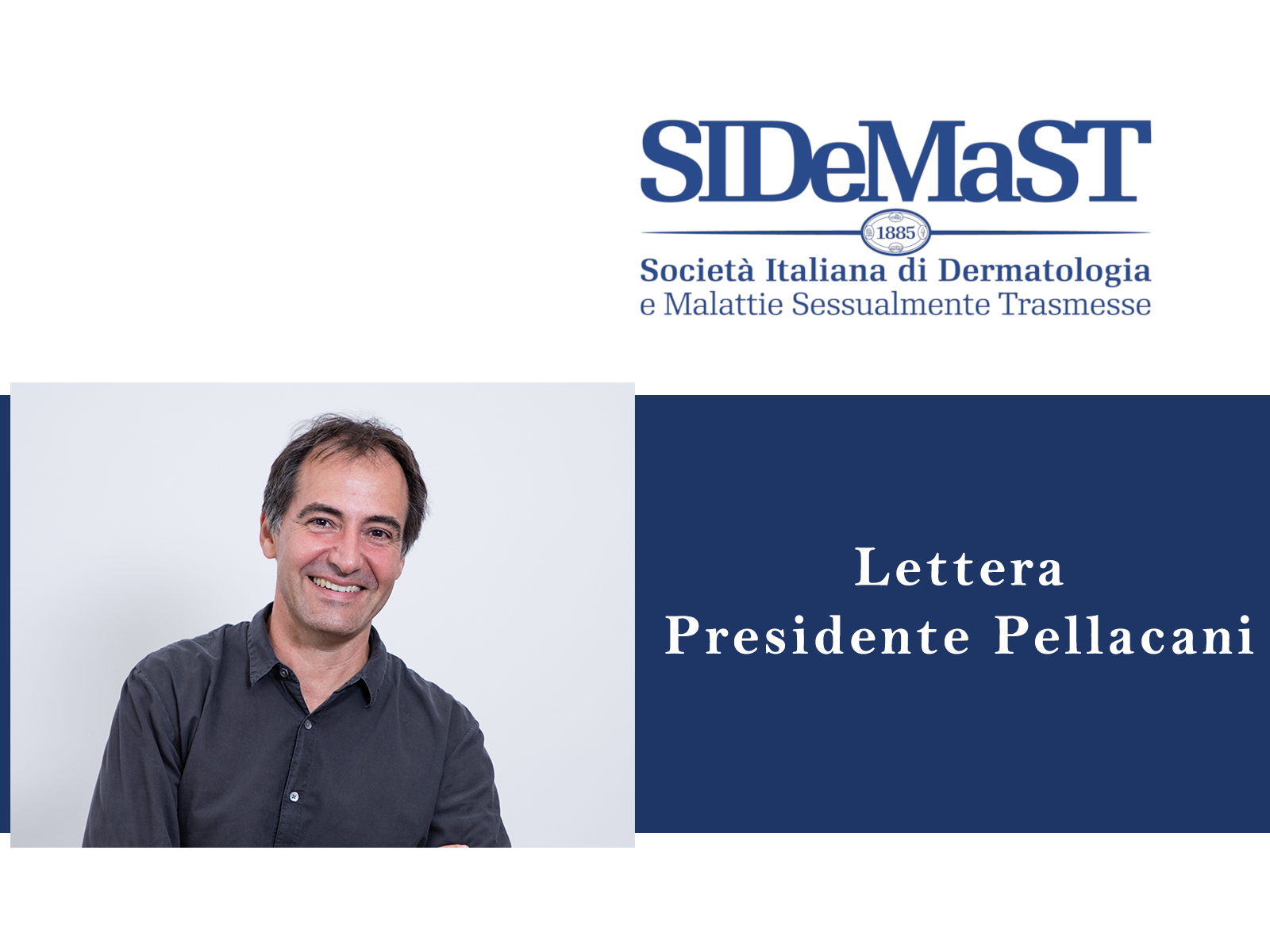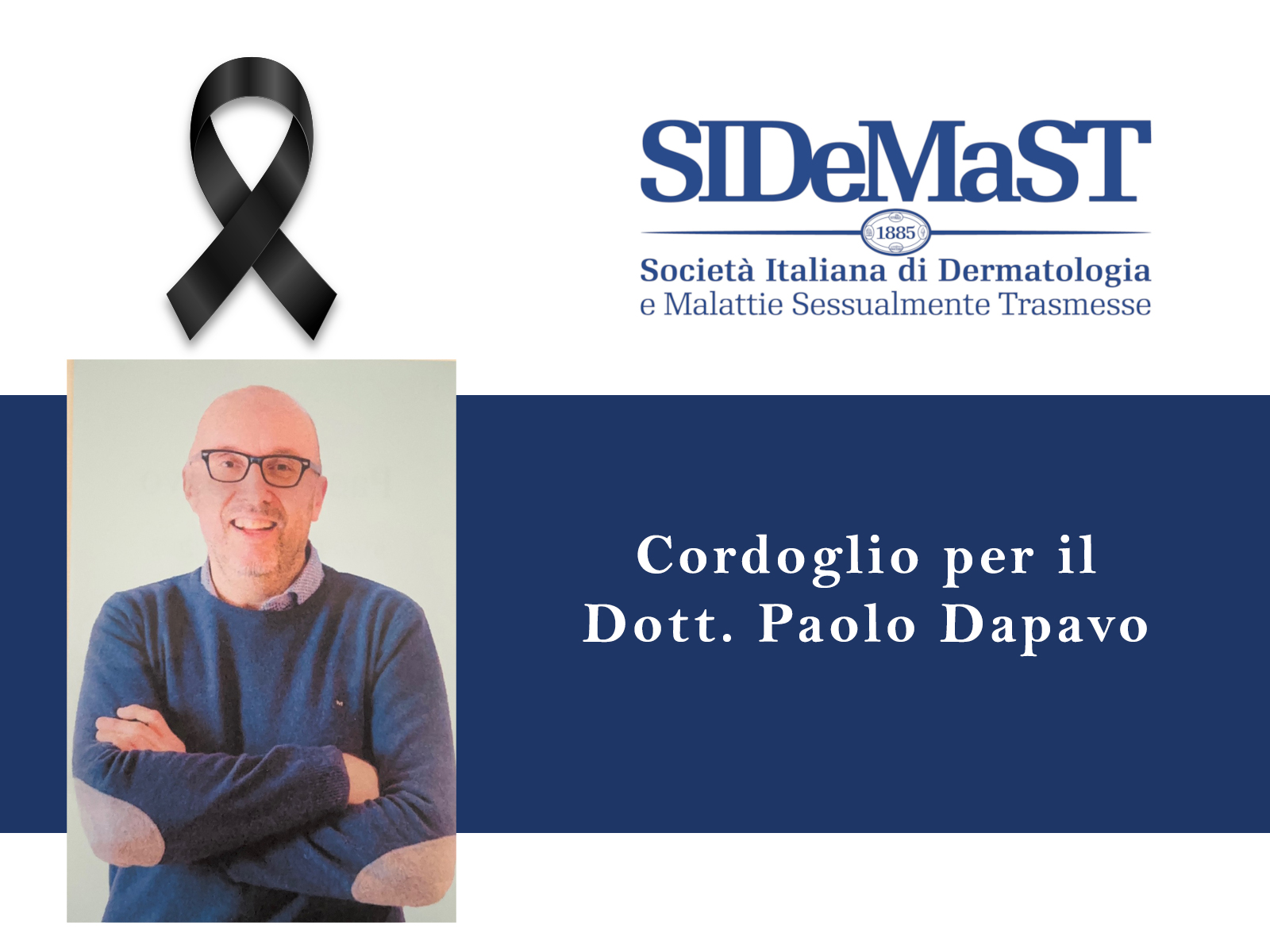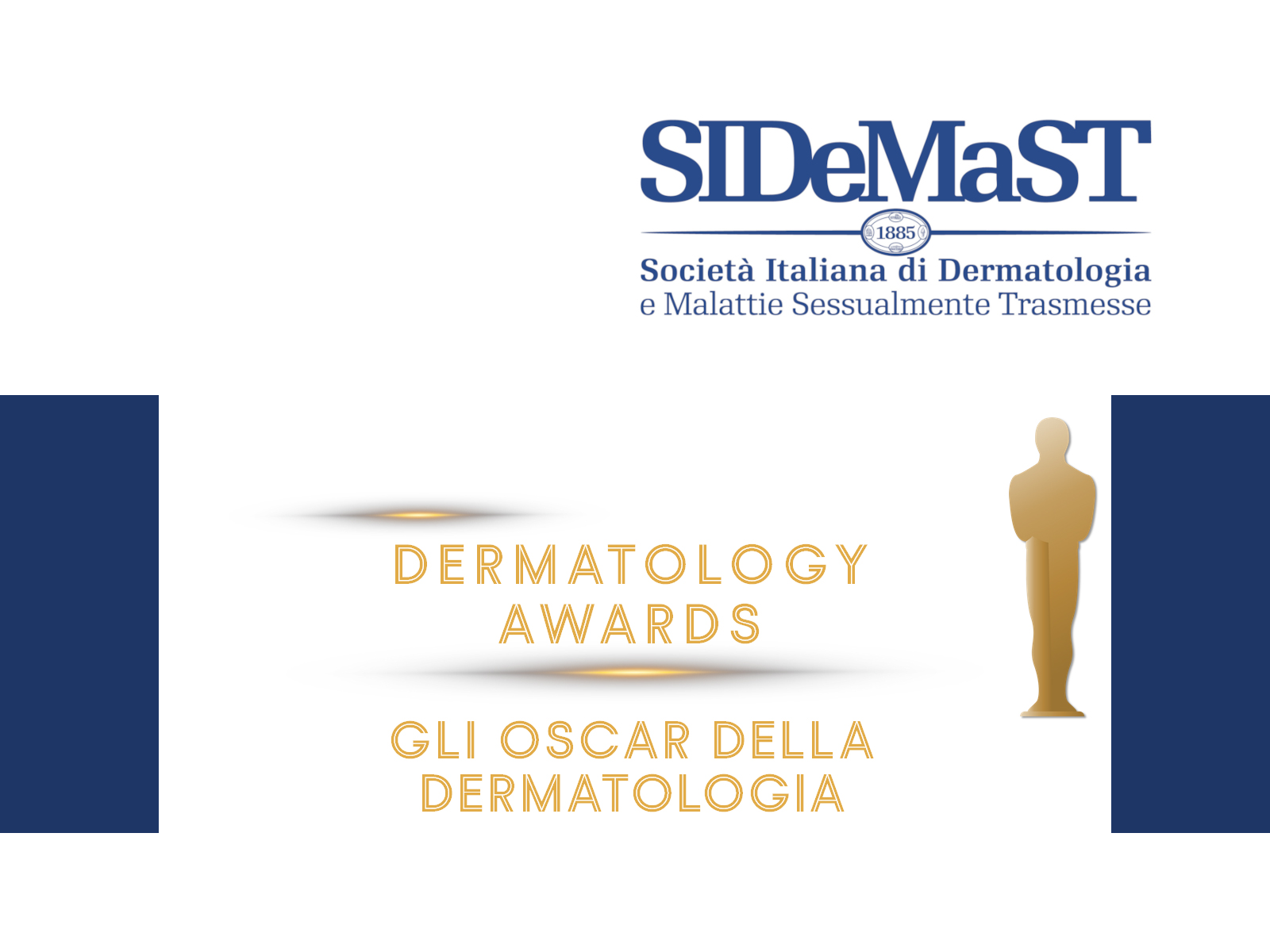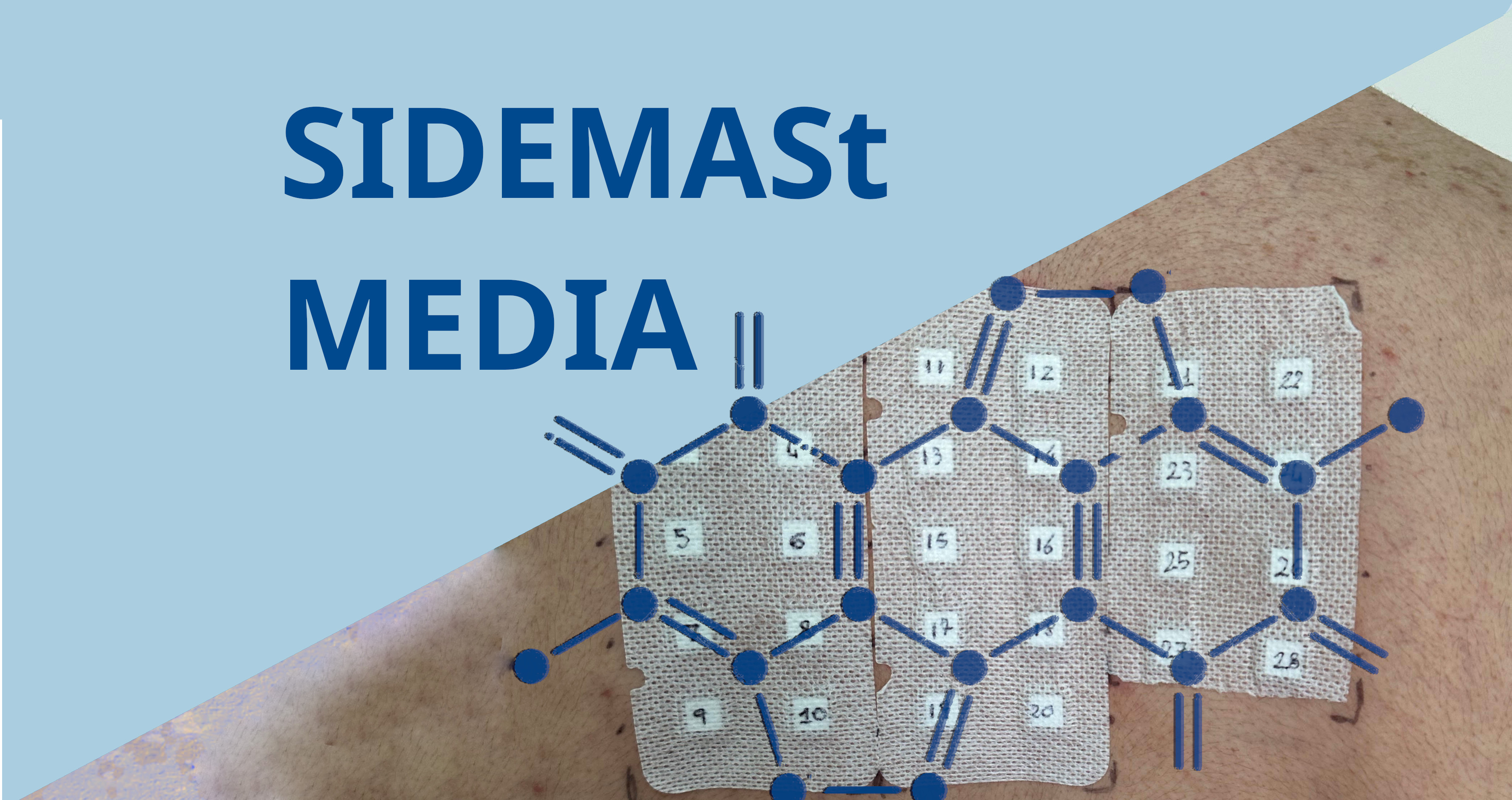Background Antibiotic (AB) treatment is one of the first steps in the management of hidradenitis suppurativa (HS). Bacteria, in HS patients, may play a double role, as triggering factors of inflammatory reactions and/or agents of infection.
Objectives The aims of this study are as follows: (i) to assess prevalence and AB resistance of bacterial growths in HS patients (ii) assessment of the clinical relevance of obtained data in guiding the selection of the most effective AB therapy.
Methods Purulent material from 137 skin lesions of HS patients was collected with swabs. Bacterial flora and AB sensitivity were determined using microbiological cultures for aerobic and anaerobic bacteria.
Results A total of 114 samples resulted positive for bacteria. Sample was collected from the axillae, groin and perianal areas. A total of 163 single bacterial growths were observed; 55% were Gram‐positive and 44% were Gram‐negative. Among them, 18.4% were anaerobic. The most frequent bacterial families included enterobacteriaceae (30.7%), Staphylococcus (25.2%) and Streptococcus (14.1%). The most frequent genus or species were proteus spp. (13.5%) and Escherichia coli (9.8%). The prevalence of AB resistance observed was clindamycin 65.7%, rifampicin 69.3%, penicillin 70.0%, ciprofloxacin 74%, tetracycline 84.7% and erythromycin 89.0%. A limitation of the study is represented the short culture period adopted which may have impaired the isolation of anaerobes.
Conclusions Bacterial growth in HS patients has shown a high level of resistance to ABs, including rifampicin, clindamycin and tetracyclines, cited as an empiric choice in HS therapeutic guidelines. A targeted and specific AB therapy, driven by microbiological evaluations with prolonged culture periods, seems more appropriate than empiric, generic, non‐specific, therapeutic approaches. Current knowledge regarding HS bacterial AB resistance should be considered in the update of current therapeutic guidelines for HS.








